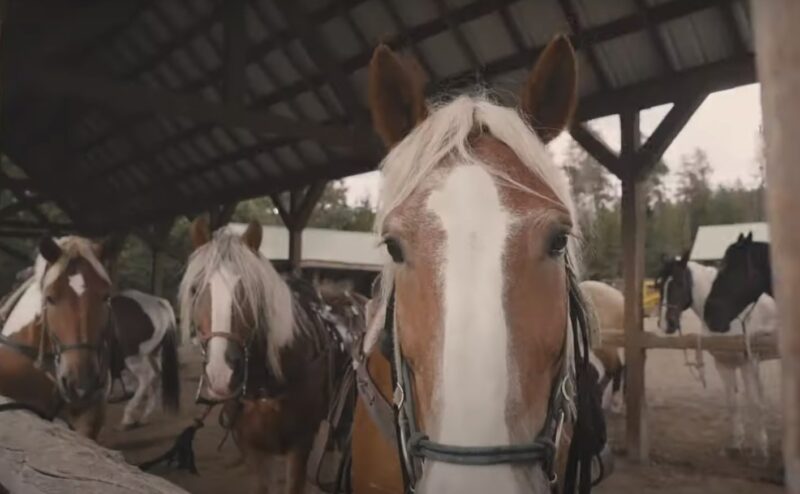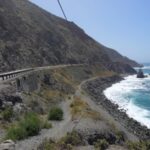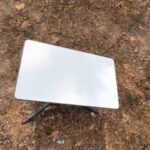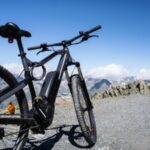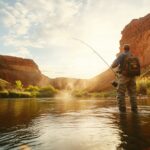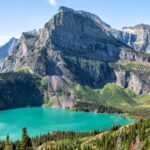I found horseback riding in Glacier National Park, Montana, to be a practical method for exploring the region’s mountains, glacial lakes, and wildlife.
You can choose guided rides in areas like Many Glacier, Lake McDonald, and Apgar, which Swan Mountain Outfitters offer.
These tours, led by experienced wranglers, accommodate both beginners and experienced riders like me.
I have the option of going on short rides or embarking on longer treks into the wilderness. For backcountry camping, I can also use drop camp services, which simplifies transporting my gear.
Best Time to Go There
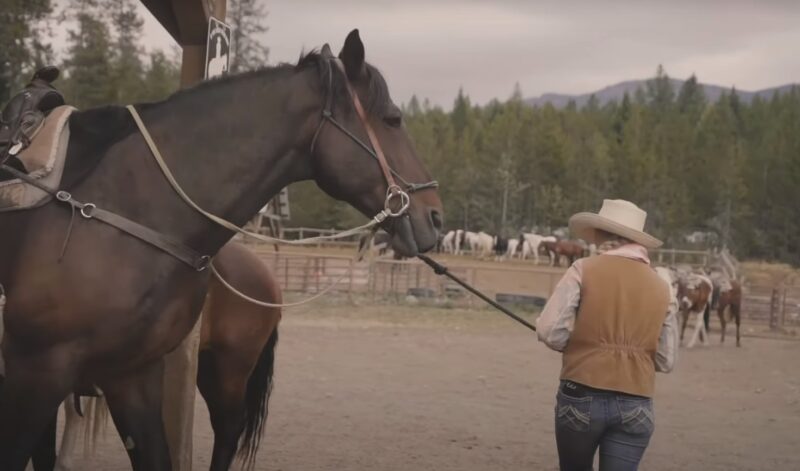
The best time for horseback riding in the park is typically between June and September. This is when the trails are mostly clear of snow and the weather is stable. Swan Mountain Outfitters, the main operator for horseback riding in Glacier National Park, offers guided rides during this time.
By late September, some facilities begin to close, and the weather can become unpredictable.
Travel Essentials
Packing the right gear is essential for a comfortable ride.
For my trip, I usually take the following:
- Clothing: Weather-appropriate attire, including layers and waterproof gear.
- Footwear: Durable, closed-toed shoes or boots for riding.
- Sun Protection: Sunglasses, sunscreen, and a brimmed hat.
- Safety: A first-aid kit and bear spray, as Glacier National Park is bear country.
- Hydration: A water bottle or hydration system is a must.
Permits and Reservations
Before I set off, I always make sure I have all the necessary permits and reservations. Trail rides within Glacier National Park may require booking, which can be done through official websites such as the National Park Service’s horseback rides page.
Any overnight stays in the park, if you plan to camp, also require a backcountry permit.
It’s important to plan, as these can be competitive, especially during peak season.
Guided Tours
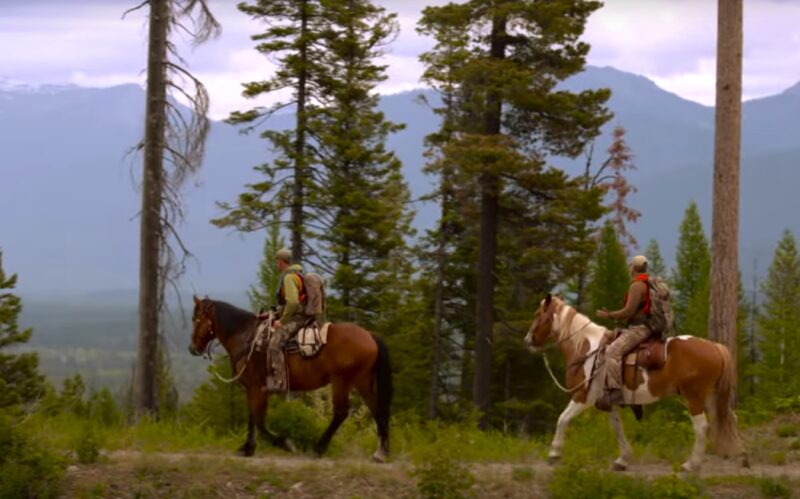
Swan Mountain Outfitters is the primary concessioner offering guided horseback rides in the park.
Available at Many Glacier, Lake McDonald, and Apgar, these tours range from short, one-hour outings suitable for beginners to full-day adventures for the more experienced rider.
Riders can expect to traverse diverse terrain, including forested trails and panoramic vistas.
- Short Rides: 1-3 hours, perfect for beginners
- Half-Day Rides: Including an ascent to the Apgar Lookout Fire Tower with extensive views
- Full-Day Rides: Offering more in-depth exploration of the park’s natural beauty
Self-Guided Trails
For those who prefer to set off on independent excursions, a number of self-guided horseback riding trails are accessible. Trails like the Cosley Lake via Ptarmigan Trail offer significant elevation gain for a challenging ride.
It’s important to note that self-guided riders are responsible for ensuring their activities align with park regulations to protect both the ecosystem and the enjoyment of all park visitors.
- Most Challenging: Cosley Lake via Ptarmigan Trail, with 5,764 ft of ascent
- Other Popular Trails: Redgap Pass Trail, with 5,617 ft of elevation gain
Riding Safety Tips
- Wear a helmet: Protecting your head in case of falls is crucial.
- Check weather conditions: Be prepared for sudden weather changes and dress appropriately.
- Get familiar with your horse: Take time to establish rapport with your horse for a responsive and smooth ride.
Wildlife Encounters
- Keep a safe distance
- Do not feed animals
Trail Condition
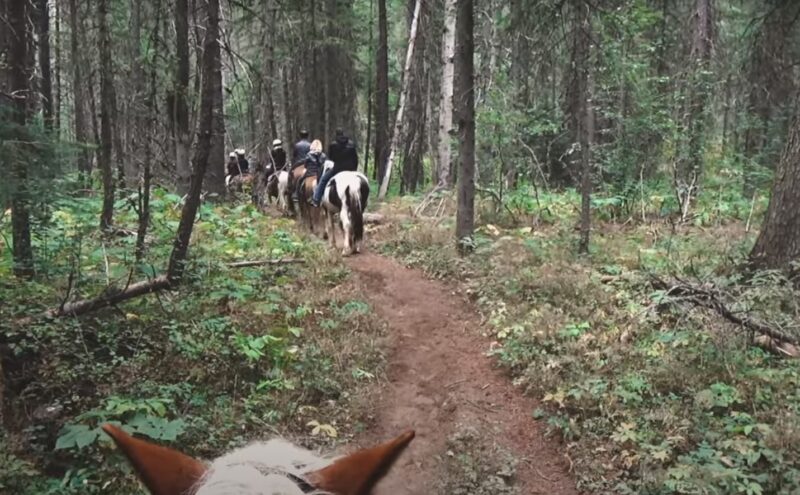
The trails here vary widely. On one of the well-maintained paths provided by Swan Mountain Outfitters, I find that the terrain is specifically groomed for horseback riding, offering a smoother ride.
It’s important to note that some trails may still present challenges such as steep sections, rocky areas, or narrow paths. It’s essential to prepare for a range of trail types, from wide-open spaces to tighter trails that meander through dense forests.
Weather
The weather here can change rapidly. I always recommend checking the forecast and being prepared with layers. Summertime weather, while generally pleasant, can still present the occasional thunderstorm.
Even during peak season, mornings can be cool and afternoons warm. Ensuring an enjoyable ride involves packing for the possibility of rain and a range of temperatures.
How To Get There?
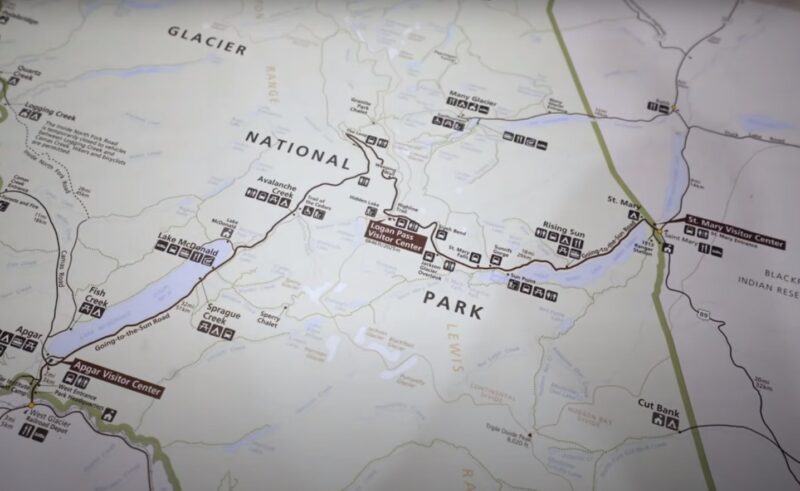
Arriving by car offers flexibility and convenience for travelers like me. Glacier National Park is accessible via Highway 2 and Highway 89. The main entrance, West Glacier, connects directly to the Going-to-the-Sun Road, a scenic byway that bisects the park.
Check the park’s website for road status as weather conditions can affect accessibility.
Public Transportation Options
For those not driving, there are public transportation options available. Glacier Park International Airport (FCA) in Kalispell is the nearest airport to Glacier National Park, with car rentals and shuttles to the park. Additionally, Amtrak’s Empire Builder train stops at West Glacier, East Glacier, and Essex, offering a stress-free experience to the park’s doorstep.
Bottom Line
Horseback riding in Glacier National Park offers a unique way to see its beauty, with Swan Mountain Outfitters providing guided tours across key locations.
Preparing with the right gear and respecting park guidelines ensures a safe and enjoyable trip.
Access is easy via car or public transport, making it an accessible adventure.
This experience underlines the importance of conserving such natural wonders for future enjoyment.
I’m Annabel, and traveling has always been my passion. My idea of fun? A lot of biking and hiking. From the Himalayas to the local hills, if there’s a path (or not), I’ve probably been there or it’s on my list.

